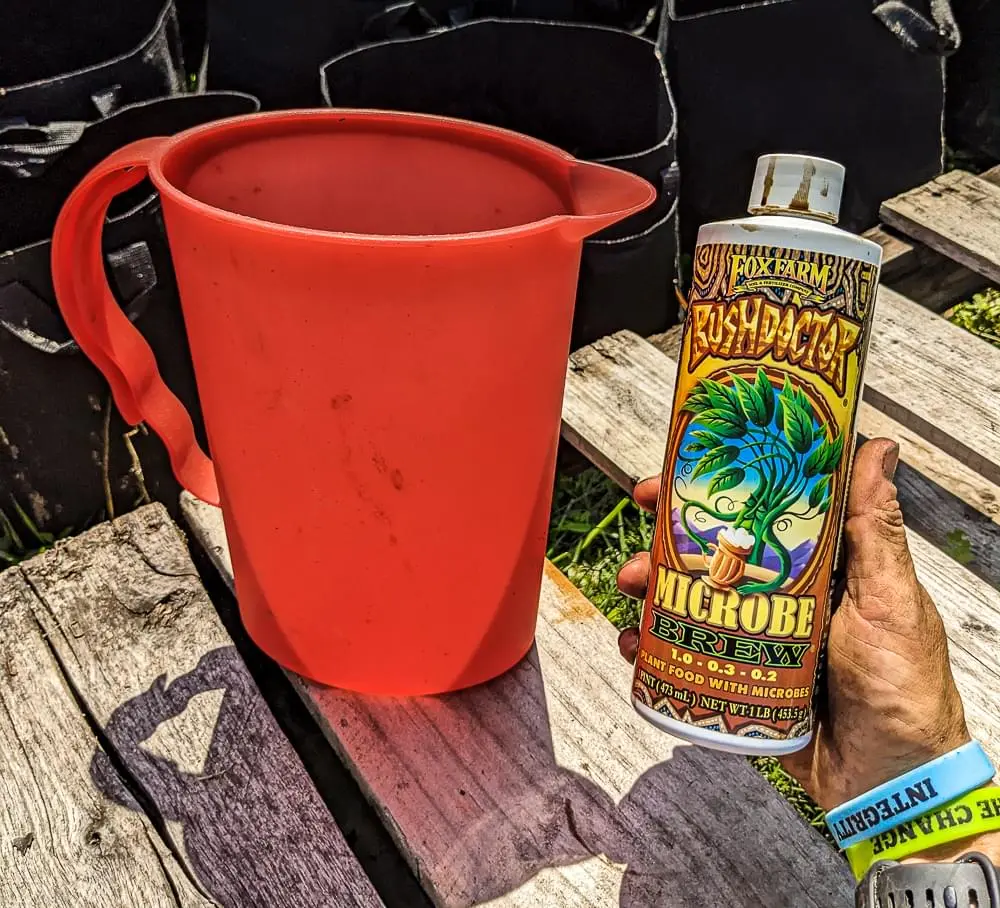by Denise Crawley
Gardening is an activity that can be enjoyed by people of all ages, but it’s especially magical for children. Gardens are fantastic places, free from screens and electronics, that inspire curiosity, creativity, and a sense of wonder.
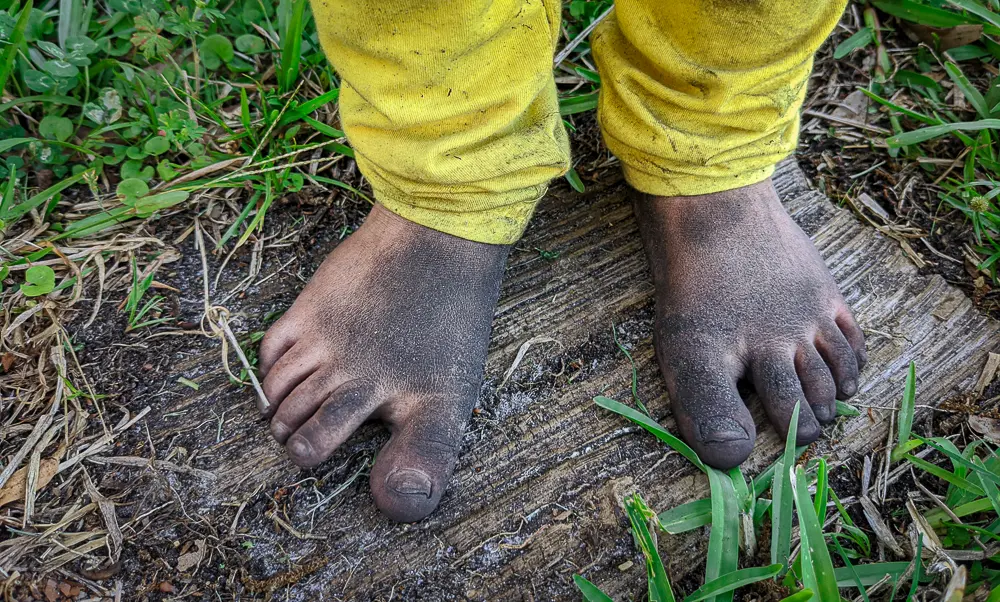
Make walking through your yard or a nature reserve a regular part of your routine. Encourage your children to take a closer look at the plants and trees you come across, appreciating the different shapes, textures, colors, and flowers that make each plant unique.
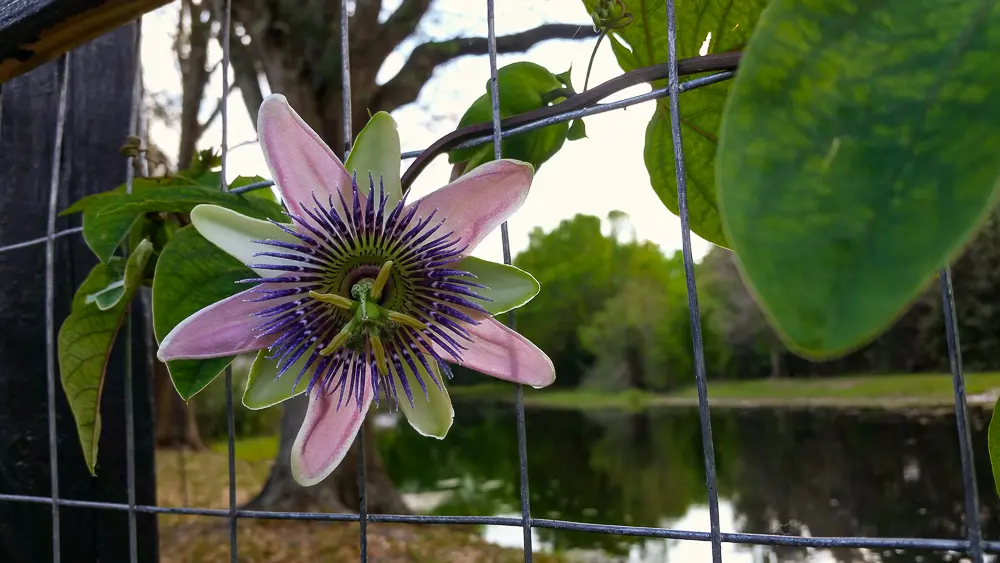
They may even stumble upon some insects, too. These magical little creatures have such intricate details and there are so many different and fascinating types to discover.
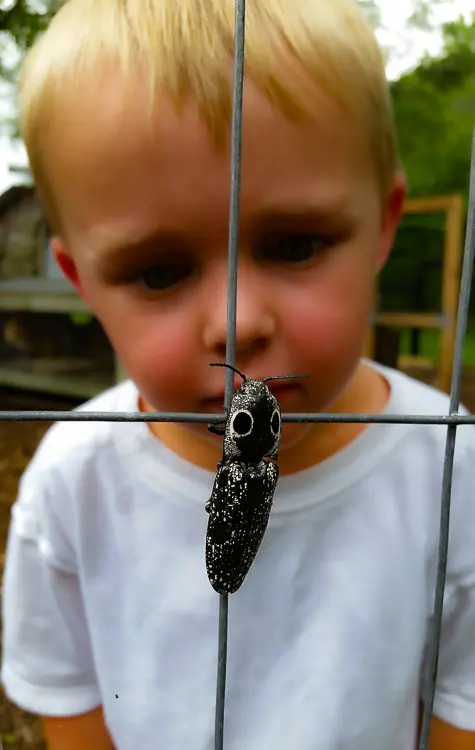
Not everyone may enjoy the experience of stumbling upon insects, but wildlife plays an important role in our ecosystem, and it’s crucial to teach children to respect all living creatures and understand the significance of protecting them.
Who knows? A newfound curiosity may lead to future careers in fields like entomology or environmental science.
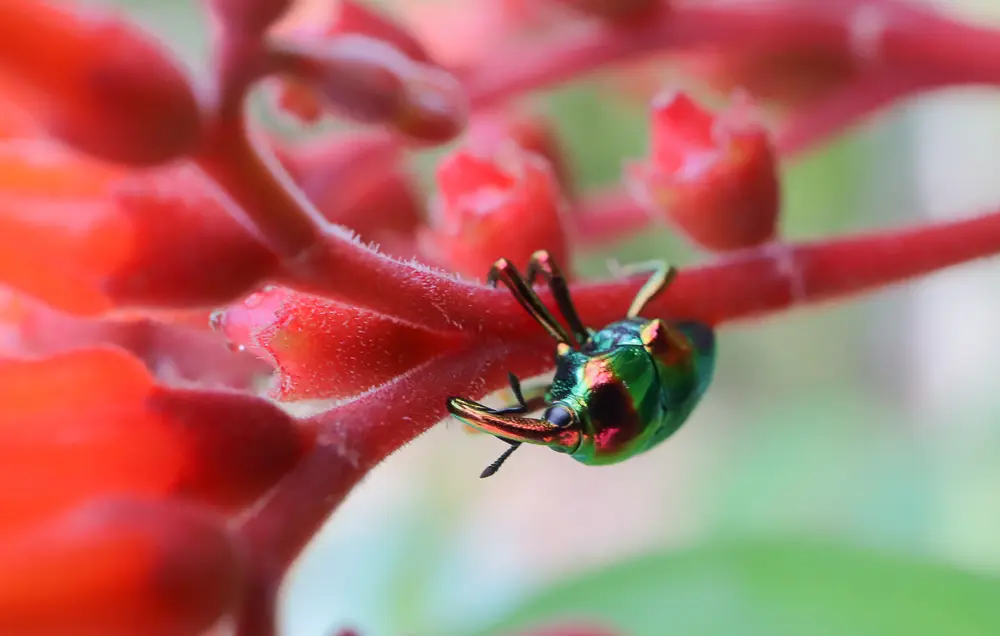
Create a Garden!
A garden will transform your yard into a truly unique space and you don’t even need to be an expert to do it. Just let your children’s imaginations run wild and see what ideas they can come up with for their special place.
Let it become their sanctuary. As their creativity and interest grow, so will your garden. This much-needed time with nature and family is a great distraction, offering a safe space to clear their mind and recharge.
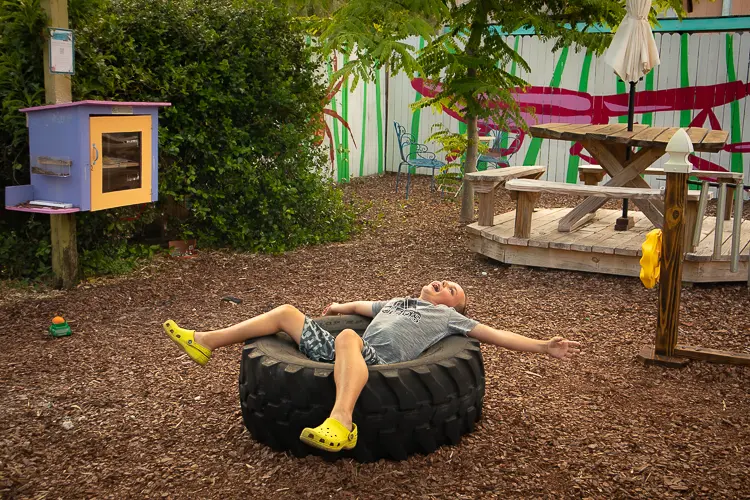
The pride, joy, and peace that come from having your own outdoor oasis are very rewarding things. Even better, you now have an entertaining place for your family to visit without having to leave your home.
Here are some ways to get started:
Let’s venture outside to explore, learn, be creative, and get some energy out!
Start small: If you’re new to gardening, start with a small area, container, or fairy garden. Find a peaceful spot in your yard and focus on turning that into your magical place. Consider making it functional with a seating area or a space for outdoor activities like games or a fire pit.
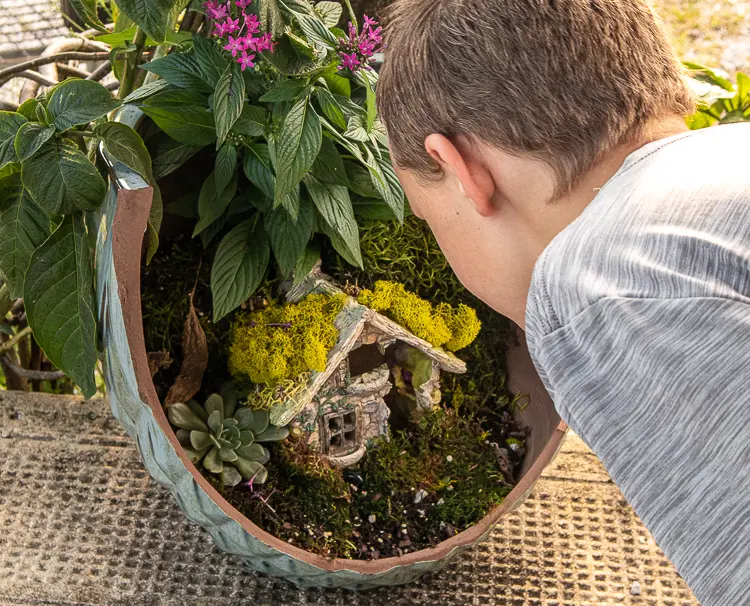
Let kids pick out their own plants: Discuss your garden plans and take your children to the nursery to let them choose their own plants or seeds to grow. This will give them a sense of ownership and responsibility for their own garden. Need help? Check out our online inventory. If we sell it, it’s time to plant it in Brevard County.
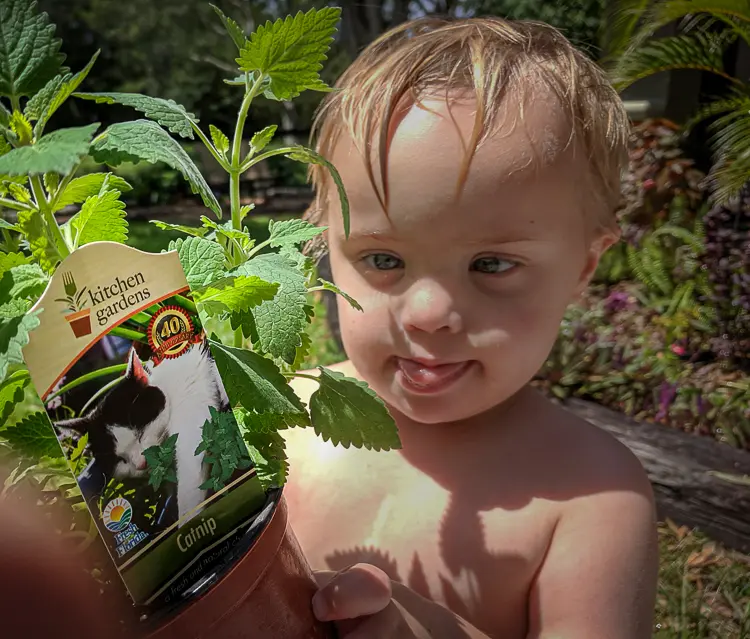
Looking for something low-maintenance to plant? You can’t go wrong with sunflower seeds, sweet potatoes, and beans.
Create a sensory garden: Plant flowers and herbs that have different textures and smells to engage your child’s senses.
My son loves squeezing snapdragon flowers to make their little mouths open, and we plant lots of host plants to attract different butterflies to our garden.
Make it a learning experience: Spend some time together learning about biology, entomology, and how gardening impacts our local ecosystem.
By understanding the relationship between plants, soil, and organisms, you will be able to make better decisions regarding planting, pest control, and overall ecosystem management, resulting in a more successful garden.
Get creative: Use natural materials like sticks, rocks, and moss to build little houses throughout your garden. Paint rocks to add some pops of color, use recycled materials to make a bug hotel or birdhouse, build a scarecrow or wind chimes, and create garden art. Let your kid’s imagination run wild, they will come up with something creative.
Start a Garden Lab: Covered patios are a great spot to make a science lab! On our patio, we have a space for seed starting, a vivarium, and a fish tank for all the critters the boys net out of our pond.

Our fish tanks have been extremely beneficial to our garden. We feed the fish the aphids and pests that we find in the garden, use the nitrogen-rich water to water our plants, and squeeze the nutrient-rich muck out of the filters into our worm bin.
Create a Vivarium: Old tanks are an awesome way to keep kids entertained. My boys spend hours building up ecosystems using sticks, dirt, and plants. They use it to temporarily house lizards and frogs they find in the yard. When we’re done, we simply dump it out and start over.
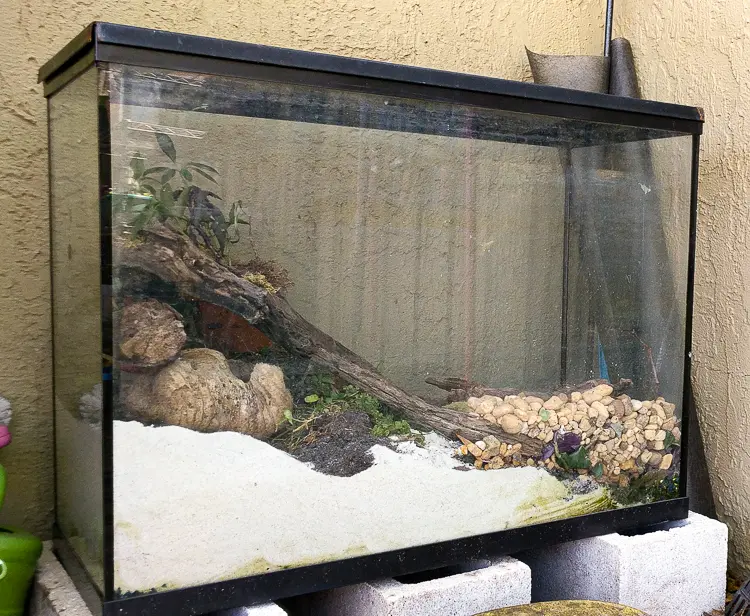
Whether you choose to plant vegetables, create a butterfly garden, or simply add a bird feeder, there are endless opportunities in your yard to engage your children, build your bond and encourage exploration and learning.
Want to learn more? Stop by Rockledge Gardens and let us know what we can do to help. Check out my blog to see what we’re doing each month in our food forest garden. Have a fantastic summer, and see ya in the Gardens!

